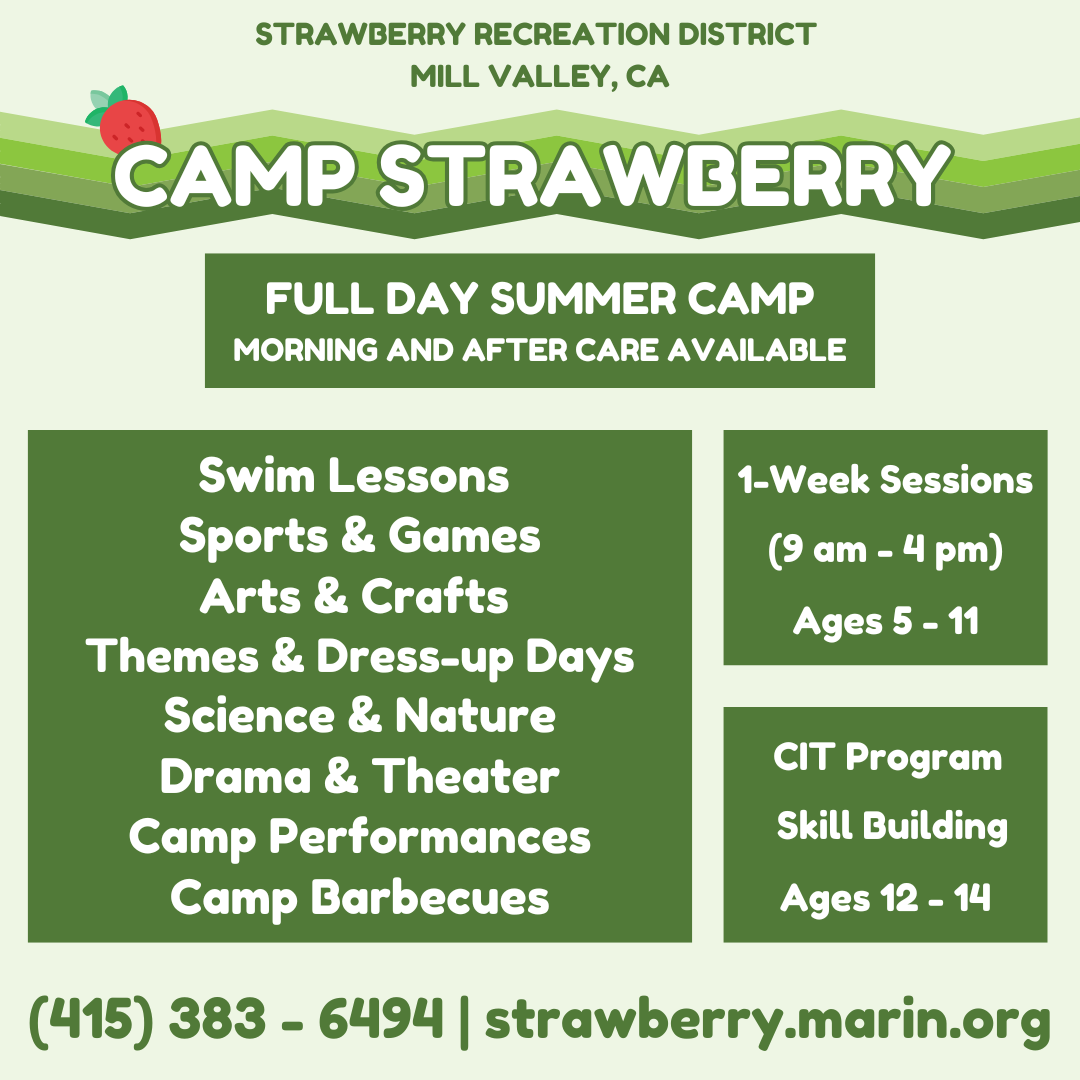Q & A with Mary Dore, Director of “She’s Beautiful When She’s Angry"
/Runs One-Week in the Bay Area Only Starting February 6th
- Opera Plaza Cinema, San Francisco
- Landmark Shattuck Cinema, Berkeley
- Smith Rafael Film Center, 1118 Fourth Street, San Rafael
“She’s Beautiful When She’s Angry” is the first feature document telling the inspiring story of the birth of the Women’s Liberation Movement from 1966-1971. Director, Mary Dore, cleverly weaves together archival footage, photographs and rare interviews with the leaders who shaped this movement reflecting back on this time in history. Mary will be in attendance along with some of the women when it debuts in theaters around the Bay Area on February 6th. I spoke to Mary about her film.
"Our Bodies Ourselves Collective" Photo credit: Ann Popkin
How did you first conceived of the idea of making a film about the early years in the Feminist Movement?
I’ve been part of the feminist movement and a filmmaker since the 70’s, and was frustrated that there have been so many films and television shows on other groups from the same period, such as the civil rights, anti-war and environmental movements, while the women's movement was virtually ignored. It's important to remember that the Suffragists, who were so courageous, had a single goal, getting the vote for women. And that took decades! The 1960's women’s movement took a huge intellectual and emotional leap, by challenging all facets of women's lives and roles, and redefined gender norms. Most of these women had been involved in other movements, until they realized they were being treated like second class citizens. Our film covers the beginning of people's consciousness about feminism, which so few people know about. I thought the early days also raised an important question: how do you start a movement?
"If men could get pregnant" She’s Beautiful When She’s Angry
In 2012, you held a Kickstarter campaign with the goal for the film which was $75K and you made $81,549. Why did you decide to go that route?
It was an epic journey to raise money. We did some filming in 2000 when Nancy Kennedy came on as my producing partner. Thanks to that early start, we had the interview with Ellen Willis who sadly died a few years later. Her part of this story might have been completely lost. Then in 2010 we received some funding and went into full time production. But we needed to raise a lot of money because the archival materials make this a very costly film.
Kickstarter is not a romantic effort where people just magically donate. It had many great elements but it's also an incredible amount of work. Anyone who puts their project on Kickstarter should be prepared to treat it like a campaign. Complete strangers did amazing outreach because they felt this film was really important. It was both incredibly exciting and very moving. I feel blessed by all the people who wanted the film to get made and passionately believed in it.
Why didn’t grants and traditional means of funding come through?
Rejection is the norm. You'd think a lot of progressive institutions would have been onboard with this film, but they were not. It's tied into why I was so passionate about making the film, because I don't think women’s history is respected. Grantors didn’t think it was topical, or sexy, or that people would want to see it. Now happy to say we have successful openings in theaters across the country and we’ve gotten rave reviews.
"Rockband" Photo credit: Virginia Blaisdell
Where did you come up with the title?
While we were working on the trailer in 2000, we found an early short made by the radical filmmaker collective, Newsreel. It showed a 1960's feminist street theater performance called, “She’s Beautiful When She’s Angry.” We appropriated the title because it's just fantastic, and works on so many levels. I wasn’t looking to make a sentimental film. The point was to be as representative of the movement as possible, and it was a very hard, contentious, and thrilling affair to be organizing something that had never been attempted before.
It’s hard to believe this was 40 years ago. How do the women you interviewed feel about the world today?
They’re not discouraged or embittered about battles lost, but optimistic because they have faith that the younger generations will keep moving things forward. They have also seen enormous improvements from an era when a man would never change a diaper. All these important changes, whether you are talking about jobs or women getting advance degrees is a huge improvement from what they went through. Some of them were the first women in their family to go to college because in those days it wasn’t considered necessary; a woman was just suppose to get married. Did they get rid of misogyny or guarantee reproductive rights forever? I’m afraid not, but that’s the cultural backlash. Yes, they made mistakes along the way, as all movements do, but more importantly, they changed the world.
"8-26-1970 March" Photo credit: Diana Davies
Have you seen the Emma Watson speech to the UN? What do you think of the HeforShe campaign to end gender inequality by reaching out to men and boys to advocate for women change?
I think what Emma Watson is doing is fantastic but these are not new ideas. The National Organization for Women (NOW) beginning in 1966 had men as board members, and were very progressive on issues such as divorce and other marital issues. Betty Freidan was an incredibly smart leader. When you see a dad walking down the street carrying a baby on his chest, that’s because of the women’s movement. Feminists started demanding that father's share childcare, and many men wanted to change their roles too.
"Woman with banner" Photo credit: Virginia Blaisdell
Why didn’t you interview Gloria Steinem?
Gloria has seen the film, she even donated to it and has been very supportive. She’s the first one to say that she was not the whole women’s movement, and acknowledges all the amazing work that others have done. Although she appears in the film a little bit, she wasn’t one of the earliest founders like the women we interviewed. The focus of the film was about the first women who formed this movement, and we concentrated on the grassroots organizers from 1966-1971.
You covered so many different aspects of the Women’s Movement; they could almost be their own movie.
I’m a filmmaker but also a populist and wanted to make a film that was accessible to a wide audience. You can see this film as an introduction, to show how the movement covered so much territory, both intellectually and physically. Many people have only heard the negative stereotypes - man haters, ugly or feminazi. I thought it was important to show how clever and funny these women were. They also had differences and fights. It’s inevitable, you’re trying to change the world and your not going to agree on everything. They were very brave and achieved many long-lasting reforms.
"Woman on Statue" Photo credit: Virginia Blaisdell
What ended on the cutting room floor that you wish you could have kept?
It was hard. We wanted to make a rich film, and we squeezed a lot into 92 minutes. We interviewed 38 women, a lot for a documentary, but we wanted to show the diversity, and you can't do that with just a few examples. And there are thousands more that we could have included. We chose people who we thought were good representatives of the different issues, and in different cities. These women’s organizations and health groups spread everywhere. I wish I could have included a small city but it was so crammed I couldn’t. As a filmmaker, you always have to leave out things you love, because it's all about making the best film, not your favorites.
What message do you hope impart to audiences after seeing this movie?
I want people to be shocked that they don't know this history because they should! At its core, this is a film about how to organize. The women in the film did an extraordinary job without the internet or money, while fighting a tidal wave of ridicule. I hope people are inspired by them. Ordinary people can make enormous change -- but you have to work with others and organize. It’s uphill and you don’t always win the victories forever. As I hope we show, the women in the film share enormous pride that they did change the world. Not 100% the way they wanted to, but in enormous ways for the benefit of all of us. Including me, I got my first job as a television producer because of Title 9.
MARY DORE is a long-time filmmaker who began her career in a Boston film co-op, making labor history documentaries. She made the classic documentary The Good Fight: The Abraham Lincoln Brigade in the Spanish Civil War (with Noel Buckner & Sam Sills) which was featured in film festivals around the world, won numerous prizes, played in theaters across the country, and was featured on PBS's POV series. Dore directed a dramatic short, Shelter, for the Directing Workshop for Women at the American Film Institute. She has produced, directed and written dozens of television documentaries for PBS, New York Times TV, the Discovery Channel and others. Dore won a Telly for her portrait of a lesbian child custody case, Family Matters, for In The Life on PBS. Her other TV work has won an Emmy, Cine Golden Eagles, and Cable Ace Awards. Find her on Twitter @SBWSA and Facebook at ShesBeautifulWhenShesAngry.
























